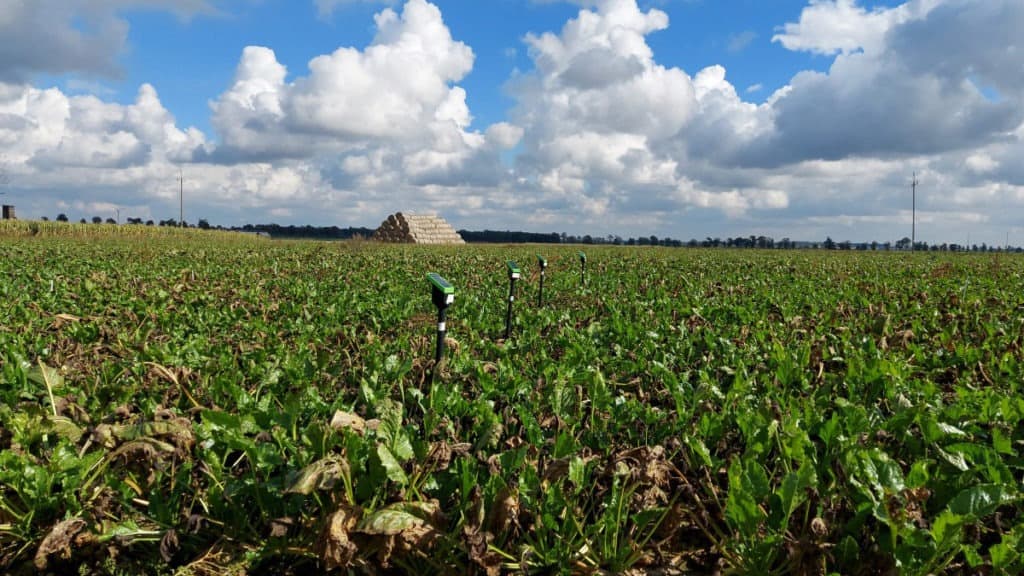Soil is a living environment for various groups of organisms: bacteria, fungi, as well as plant and animal species. It is estimated that their number in the arable layer of soil on the surface of 1 m2 ranges from several hundred individuals (earthworms) to even several million in the case of bacteria. Soil organisms play an important role in processes such as the decomposition of organic matter, mineralization and nutrient cycling.

The occurrence, activity and number dynamics of soil organisms depend on the physical and chemical properties of the soil. The most important of them are: soil temperature, humidity, aeration, pH and soil nutrient supply. Soil organisms respond quite quickly to fluctuations in these parameters. Therefore, any changes in the structure of soil communities may affect the functioning and fertility of the soil itself and, consequently, the growth and yield of plants.
Agrotechnical treatments (e.g. ploughing, fertilization, mulching, chemical plant protection products) affect particularly the physicochemical parameters of the soil. However, the dynamic nature of the changes cannot be captured, because the measurements of humidity, temperature and electrical conductivity are usually based on traditional methods, i.e. on a single determination at the time of taking soil samples. Modern agriculture requires in-situ and long-term data recording, which allows for more reliable conclusions on the impact of applied practices. Various sensors are used to monitor the above-mentioned parameters. So far, these sensors have found the widest range of applications in agriculture and horticulture, mainly in planning irrigation and fertigation of crops. Their use in soil ecology is limited, in particular to study the relationship between soil parameters and the activity of various groups of the soil organisms in long-term field experiments.
In 2022, we were looking for a solution to monitor and record soil conditions in a field experiment on the impact of beet molasses as an amendment in sugar beet cultivation. The research was conducted in the experimental fields of the Pfeifer & Langen Polska S.A. sugar factory as part of scientific cooperation with the Institute of Biological Sciences of UKSW.
Beet molasses is a by-product of sugar production. It has the consistency of a thick syrup with a high sucrose content (approx. 40%). It is also rich in many minerals. Molasses is produced in large quantities and used in the various industries, and recently also as an unconventional fertilizer in crop production. When introducing new agricultural practices, including new types and methods of fertilization, attention should be paid to environmental aspects in addition to the economic and social ones. The main objective of the research was to determine the effect of different doses of molasses on the soil biological activity. It was assumed that this impact could be both direct and indirect by affecting parameters such as soil moisture and conductivity. Hence the need to monitor and record precise data with the AGREUS system crafted by Inventia Sp. z o. o. Wireless AM-100 soil probes powered by solar power, measuring simultaneously soil moisture, conductivity and temperature at three measurement levels, were placed in the experimental fields.
Collecting data on the differences in humidity (Fig. 1), temperature and electrical conductivity (Fig. 2) that soil profiles show when using different doses of molasses is an invaluable database of information for us. Thanks to this, we can capture the main trends in the soil biological activity, and thus plan and forecast, which is important for the practical use of scientific research results.
Authors:
dr hab. Krassimira Ilieva-Makulec, prof. UKSW;
dr Anna Augustyniuk-Kram,
dr Kamil Karaban
Department of Soil Ecology, Institute of Biological Sciences UKSW.